Top 5 Malware Attacks to Stay Away From

Malware is a major threat to both people and businesses. Malware, which stands for “malicious software,” is a broad term for a lot of different harmful programs that are made to break into computers, steal data, or stop activities. Malware can be very bad, causing businesses to lose money and security to be broken. This post will talk about the five most common types of malware attacks that everyone should know about and how to keep yourself safe.
What Are Malware Attacks?
Malware attacks are sophisticated and varied, each with unique characteristics and methods of operation. They can spread through various channels, including email attachments, infected software downloads, and compromised websites. Understanding the different types of malware is crucial for developing effective defense strategies. Common types include viruses, worms, Trojans, spyware, and ransomware, each posing distinct risks to digital security.
Malware can be highly adaptable, evolving quickly to evade detection by security software. This adaptability makes it essential for users to stay informed about the latest threats and to implement robust security measures. The financial impact of malware attacks can be substantial, with costs extending beyond direct financial losses to include damage to reputation and operational downtime.
The diversity of malware means that no single defense strategy is sufficient; a comprehensive approach involving both personal vigilance and technological safeguards is necessary. In the next section, we will explore the top five malware threats in more detail.
How Do These Malware Threats Operate?
Ransomware
Ransomware is one of the most feared forms of malware, as it encrypts files and demands a ransom in exchange for the decryption key. This type of attack can cripple businesses by locking down critical data and disrupting operations. Ransomware often spreads through phishing emails or exploited vulnerabilities in software.
Spyware
Spyware is designed to secretly monitor user activity, capturing sensitive information such as login credentials and browsing history. It can be embedded in seemingly harmless applications or installed via malicious downloads. Spyware poses a significant risk to personal privacy and financial security.
Trojans
Trojans disguise themselves as legitimate software to gain unauthorized access to systems. Once installed, they can facilitate further malware infections, steal data, or provide remote access to attackers. Trojans are particularly dangerous because they often appear as harmless programs, making them difficult to detect without proper security measures.
Adware
Adware is primarily focused on displaying unwanted advertisements, but it can also collect user data for targeted marketing. While less harmful than other forms of malware, adware can still compromise system performance and privacy. It often piggybacks on legitimate software downloads or is installed through deceptive means.
Rootkits
Rootkits are sophisticated malware that gain administrator-level access to systems, allowing attackers to hide malicious activities from security software. They can be particularly challenging to detect and remove, making them a significant threat to system integrity.
These malware threats highlight the importance of robust cybersecurity practices. In the next section, we will discuss how to protect against these threats effectively.
How Can You Protect Yourself from Malware Attacks?
Protecting against malware requires a multi-layered approach that includes both personal vigilance and technological defenses. Personal vigilance involves being cautious with email attachments, avoiding suspicious downloads, and ensuring that all software is updated regularly. Technological defenses include installing robust antivirus software that can detect and remove malware, as well as implementing network security measures such as firewalls and intrusion detection systems.
Regular backups of critical data are also essential, as they provide a safety net in case of a ransomware attack. Additionally, using strong, unique passwords and enabling two-factor authentication can prevent unauthorized access to systems. Educating oneself and others about the risks of malware and how to identify suspicious activities is crucial for maintaining a secure digital environment.
In conclusion, staying safe from malware requires ongoing effort and awareness. As technology evolves, so do the threats, making it essential to stay informed and proactive in cybersecurity efforts.
Taking Action Against Malware
To effectively combat malware, it’s crucial to stay informed about the latest threats and to implement comprehensive security strategies. This includes not only using robust security software but also fostering a culture of cybersecurity awareness. By understanding the risks and taking proactive measures, individuals and organizations can significantly reduce their vulnerability to malware attacks.
If you’re concerned about protecting your digital assets from malware, consider reaching out to C Solutions IT for expert guidance and support. We can help you develop a robust cybersecurity plan tailored to your needs, ensuring that you stay safe in the ever-evolving digital landscape. Contact us today to learn more about how we can help safeguard your digital future.
